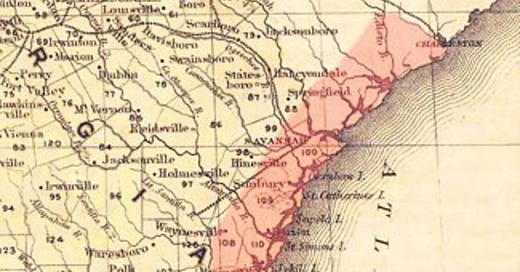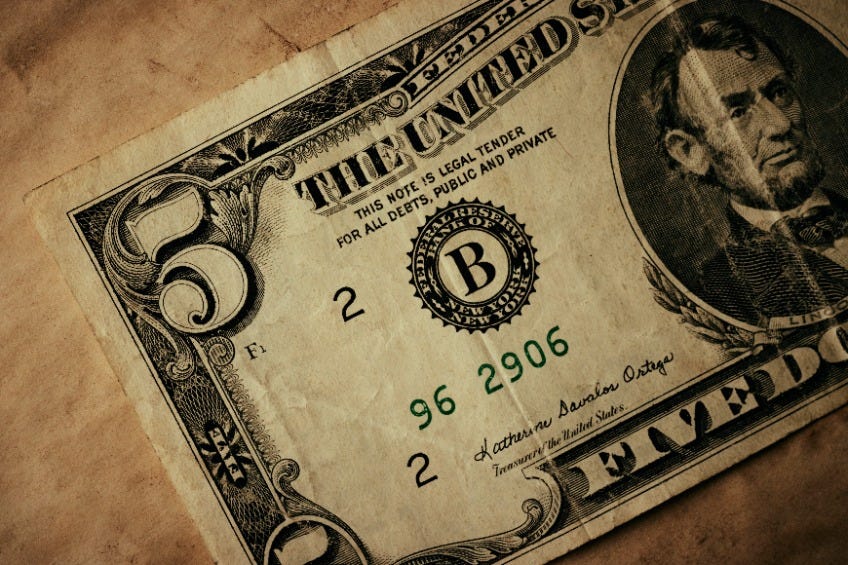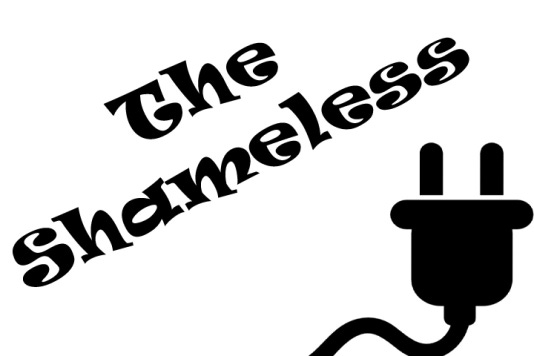The History of “40 Acres and a Mule” for African Americans
Another promise made, another promise broken.
Map Showing 400,000 acres (in Orange) Granted to 10,000 Freedpeople in January 1865
Issue #225 American History January 17, 2023
On January 16, 2023, the official holiday celebrating the life and legacy of Rev. Dr. Martin Luther King, Jr., I published a Substack discussing the actual history and context behind Dr. King’s famous “I Have A Dream” speech.
The gist of that article was to remind our readers that although most people remember and quote (or misquote) that later portion of the speech that addressed racial equality and reconciliation, many people do not remember - or choose to ignore - that the first part of the speech outlined the history of systemic economic inequality. Dr. King stated that the check from the United States government given to African Americans came back “NSF” for insufficient funds.
You can read that article here:
However, the first “NSF check” given to formerly enslaved African Americans happened right near the end of the Civil War, after Union General William T. Sherman completed his famous “March to the Sea” by overcoming the Confederate generals and army in most of the South, cutting off most supply lines serving the Confederacy, and burning down 40% of the city of Atlanta. After that campaign ended in November 1864, it was becoming increasingly clear that the Union was going to soon defeat the Confederacy in the Civil War.
The Emancipation Proclamation signed by President Abraham Lincoln took effect on January 1, 1863, and freed all of the slaves in the Confederate States (not in the Union States, however—that took the ratification of the 13th Amendment on December 6, 1865). But what would all of the newly freed slaves do? Where would they live?
General Sherman tried to answer those questions in January 1865, with a promise of “40 acres and a mule” for every freed slave family that requested them.
The article continues below.
No intrusive ads or annoying popups ever! Instead, please see the important information below and at the bottom of this post. That’s how we grow and sustain this publication. AND, please keep those “Likes” and comments coming! Thanks!
There is new lower pricing for the paid levels for as little as $5.00/month!
Paid subscribers with the Substack app are invited to participate in the W.A.S. Chat Room to discuss today’s post.
All posts are free for seven days after their publication. To read all older posts, including the complete archive, and to support us financially, please consider upgrading your subscription to a paid level. Save 17% with an annual subscription. Thank you for your support!
The article continues…
General Sherman’s Special Field Order 15: The Promise Made
After his “March to the Sea,” General Sherman stayed in Savannah, Georgia, for several subsequent weeks to oversee the continuing battles in the southern states, and also to help the newly freed slaves adjust to their freedom.
On January 12, 1865, General Sherman and Secretary of War Edwin Stanton met with local Black leaders in a mansion named the Green-Meldrim House. The spokesman for the group of Black freedmen was 67-year-old Rev. Garrison Frazier, a tall, imposing, and eloquent man.
Sherman and Stanton asked Frazier what Black people wanted. Frazier’s answer: “We want to be free from the domination of white men. We want to be educated. We want to be placed on land until we are able to buy it and make it our own.”
For most of the 19th century, the United States was an agricultural country, and even the original Constitution only recognized white male landowners as worthy of the full benefits of American citizenship. Owning land meant growing, maintaining, and controlling your own wealth, family, and future. That is what freed Black men wanted for themselves.
Abolitionists Charles Sumner and Thaddeus Stevens also thought that it would be a good idea to strip Confederate landowners of their property to financially devastate them while giving Black people the opportunity to generate their own wealth.
On January 16, 1865, General Sherman signed Field Order 15, declaring that 400,000 acres of Confederate land would be evenly redistributed among Black families. That amount of acreage equaled 40 acres of tillable ground per Black family.
The Union generals wanted to divide the slave plantations into small farm settlements and make them available to the newly freed slaves.
Additionally, some of the formerly enslaved families were also given no-longer-needed Army mules. That is how Field Order 15 came to be known as “40 acres and a mule.”
Immediately after the order was given, about 1,000 formerly enslaved people began settling on Georgia’s Skidaway Island. Over the next few months, about 40,000 freedmen settled on the redistributed land.
The Freedmen’s Bureau was established by an act of Congress on March 3, 1865, to supervise and manage all matters related to the freed slaves and the lands abandoned or seized during the Civil War.
That was the promise made to the freed slaves at the beginning of 1865. However…
A new president takes office
On April 9, 1865, Confederate General Robert E. Lee surrendered the last of the Confederate army to Union General Ulysses S. Grant at the Appomattox Court House in Virginia.
On April 14, 1865, President Abraham Lincoln was shot in the head by stage actor John Wilkes Booth, while attending a play at Ford’s Theatre in Washington, D.C. Lincoln died the next day, on April 15, 1865. His vice president, Andrew Johnson, a segregationist and Confederate sympathizer, ascended to the presidency.
”Your name is Mudd”
Dr. Samuel Mudd was a doctor and tobacco farmer in southern Maryland. His tobacco business was severely harmed after Maryland abolished slavery in 1864. That same year, Mudd met Booth, who was planning to kidnap President Lincoln.
Booth badly injured his leg escaping from the Ford Theatre after shooting Lincoln and rode his horse to Dr. Mudd’s home to receive surgery and medical care. Dr. Mudd did not report Booth’s location to the authorities for another 24 hours, giving Booth time to escape.
Dr. Mudd was tried and found guilty of conspiring and aiding in Lincoln’s murder and sentenced to life imprisonment.
President Andrew Johnson pardoned Dr. Mudd in 1869.
Over the decades, the phrase “Your name is Mudd!” became synonymous with someone who did bad things to others.
The award-winning late TV journalist Roger Mudd was a distant relative of Dr. Samuel Mudd.
The promise broken
Soon after he became president, Andrew Johnson rescinded Field Order 15 and returned the 400,000 acres to the former Confederate landowners. Of course did.
Other proposals were submitted for reparations for the ADOS (American Descendants of Slaves), but Congress declined to move forward on any reparations. We are still waiting. The attitude of many in Congress at that time thought that African Americans should simply be happy with being freed.
Meanwhile, instead of having land of their own to work, many of the 3.9 million freed slaves found themselves working white people’s land as sharecroppers or tenant farmers, a system that was only slightly better than slavery, given the meager wages and exploitation associated with the practice. By the time “expenses and cash advances” were deducted from their share of the profits from the crops they worked, there was little left over for other investments, and the sharecropping cycle repeated the next year.
As Dr. Martin Luther King, Congressman John Conyers, and many others have said, African Americans are still waiting for reparations or other forms of compensation for the centuries of free or low-pay work we have provided to grow the American economy and the generational wealth of others.
Help us to grow our We Are Speaking Substack!
Don’t Forget! If you have the W.A.S. app for iOS and Android, you can listen to each article by clicking the little headset icon. You can also participate in the W.A.S. Chat (for paid subscribers only).
There are many benefits to using the W.A.S. app, including the ability to listen to our posts and podcast episodes straight from the app.
Paid Subscribers: Join us in the new W.A.S. Chat!
Have you thought about starting a Substack publication of your own? It’s quick, easy, and free!
You can always leave any questions in the comments or email us.
Free posts are available for 7 days after publication. Adjust or upgrade your subscription to the paid level here. Pay less than 14¢ per post for the 36 monthly articles and podcast episodes. Thank you for your financial support!
Read Detroit Stories Quarterly by Keith Owens, et al.
Check out the Global Creative Community Branding and Marketing Academy (GCC BMA) offering online courses networking opportunities, and one-on-one and group coaching for independent writers and creative and solo professionals.








